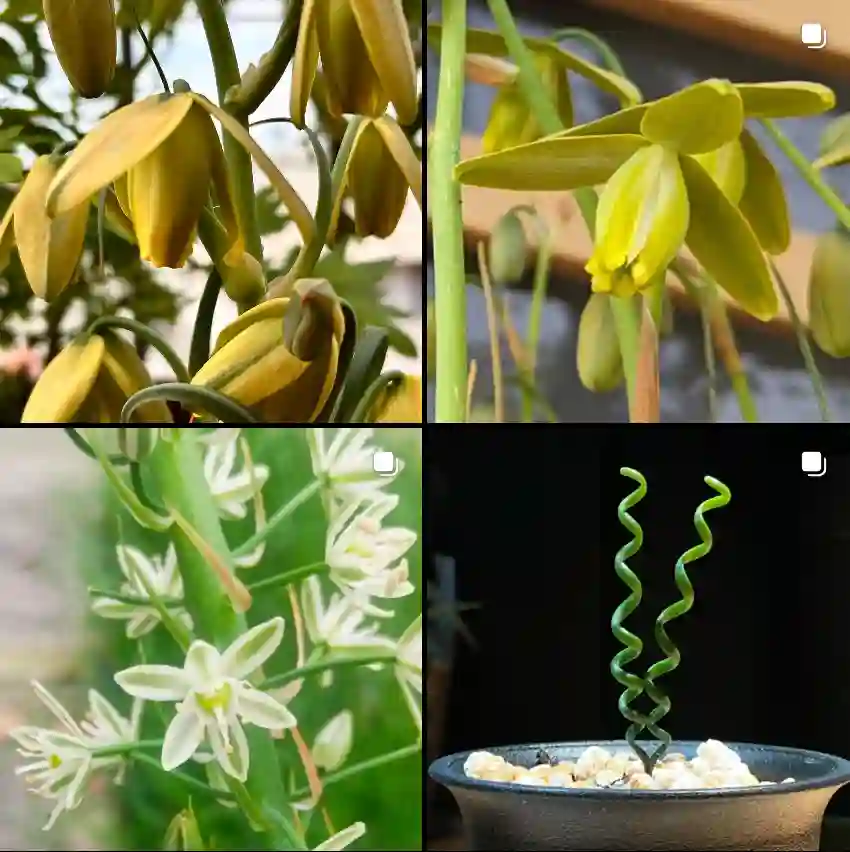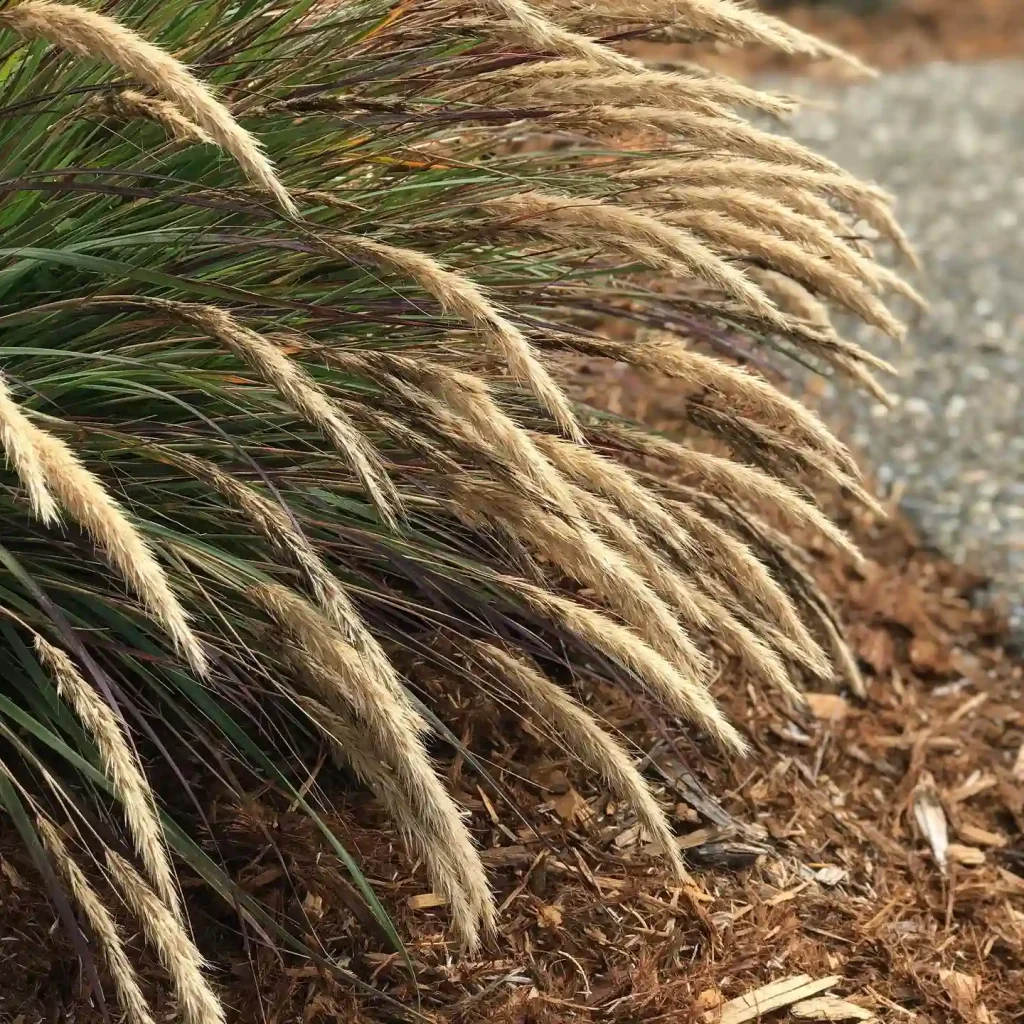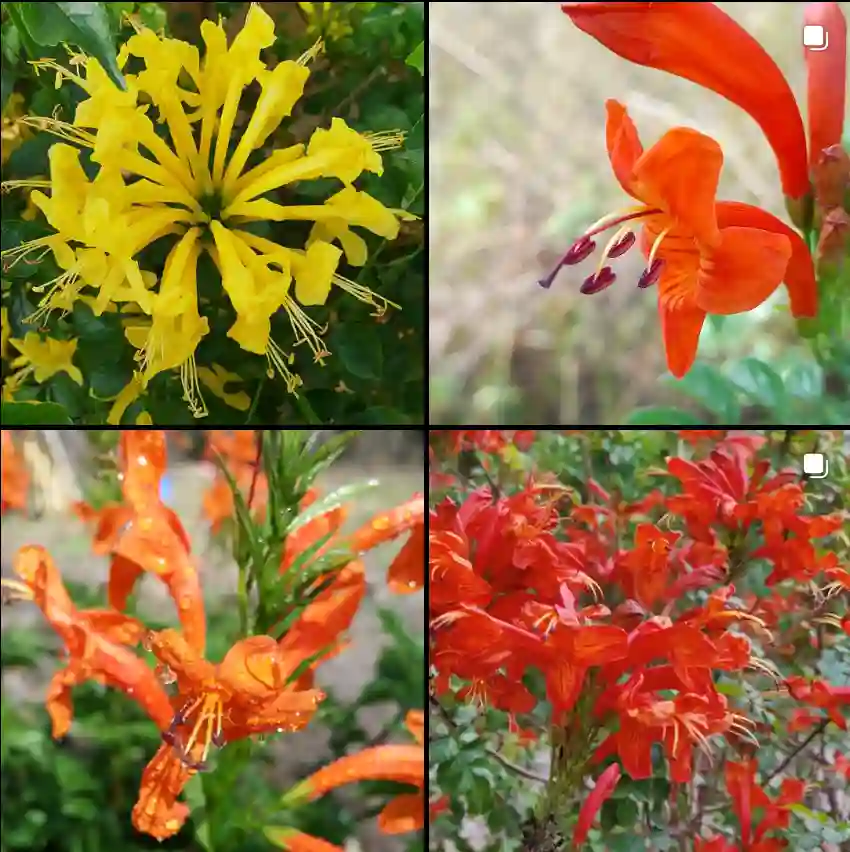Exploring the Peridiscaceae Family: My Journey with Medusandra, Peridiscus, Soyauxia, and Whittonia
As someone deeply fascinated by the diversity of plant life, I’ve often found myself gravitating toward lesser-known families. Among these, the Peridiscaceae family stands out to me. While not as popular or familiar as other plant families, Peridiscaceae is intriguing, particularly with its small number of genera: Medusandra, Peridiscus, Soyauxia, and Whittonia. My exploration of this family has led me down a rabbit hole of botany that keeps revealing new wonders.
Understanding the Peridiscaceae Family
The Peridiscaceae family is a small family of flowering plants, and, interestingly, it wasn’t fully recognized in earlier botanical classifications. It’s native to the tropical regions of Africa and South America, and what fascinates me most is how this family has quietly existed in the background of the plant world while offering significant botanical interest.
The genera within this family are Medusandra, Peridiscus, Soyauxia, and Whittonia—all of which have distinct characteristics yet share common evolutionary threads. Though much of the research on these plants is still evolving, their unique traits and ecological roles make them compelling to study.
Medusandra: A Mysterious Beauty
One of the most curious genera in the Peridiscaceae family is Medusandra. This genus, native to tropical West Africa, captured my attention because of its rarity and the air of mystery surrounding it. Medusandra isn’t widely cultivated or studied, so encountering information about it feels like uncovering a hidden gem. The plant has small, inconspicuous flowers that seem modest but offer clues about its evolutionary path.
One of the things I’ve come to appreciate about Medusandra is how it reflects the adaptability of plant species in tropical ecosystems. Despite being somewhat obscure, it plays a role in the ecological systems where it grows, particularly in forested areas where it likely has interactions with local fauna.
Peridiscus: Small but Fascinating
Peridiscus is another genus that belongs to this family, and it’s even less known than Medusandra. Native to northern South America, it stands out because of its small size and the way it has adapted to its environment. The plants in this genus are often shrubby, which is something I find particularly interesting. I love how Peridiscus species fit perfectly into their ecological niche, forming part of the understory of tropical forests.
While Peridiscus doesn’t produce large or showy flowers, its simple beauty lies in its structure and form. It’s one of those genera that might be overlooked by someone who’s unfamiliar with it, but to me, it represents the incredible diversity of plant life that exists quietly in the world.
Soyauxia: The Outlier in the Family
The Soyauxia genus, which I discovered during my research on Peridiscaceae, has perhaps the most complex relationship with the rest of the family. It was initially classified in other plant families before being placed in Peridiscaceae, making it somewhat of an outlier. It grows in tropical West Africa, and its flowers, while small, are intricate, with a striking radial symmetry.
What fascinates me most about Soyauxia is its botanical history—how it’s been shuffled between families before finally finding its place in Peridiscaceae. Its evolutionary adaptations hint at a deep history that’s still being unraveled by botanists. To me, it represents the ongoing process of scientific discovery, showing how much there is yet to learn about the plant world.
Whittonia: A Lesser-Known Gem
Among the genera in Peridiscaceae, Whittonia is by far the least studied. There’s very little information available about this genus, and it’s rarely encountered in botanical collections. What I find most intriguing about Whittonia is its very obscurity—it represents a frontier for discovery. As someone who thrives on learning about the unknown, I’m excited about the potential for future research into Whittonia and what it might reveal about plant evolution.
Although I haven’t been able to find much about this genus, its inclusion in the Peridiscaceae family ties it to the broader themes of adaptability and evolutionary history that characterize this group of plants.
Why the Peridiscaceae Family Matters to Me
My exploration of the Peridiscaceae family has been incredibly rewarding. These plants may not be well-known, but they’re rich with scientific interest. Studying them has taught me that there’s so much more to the plant world than what we typically encounter in popular gardening or botanical conversations.
What’s exciting about this family is that it’s still somewhat of a mystery. The fact that genera like Medusandra, Peridiscus, Soyauxia, and Whittonia are still being studied means that there’s always something new to discover. For me, the Peridiscaceae family represents the beauty of plant diversity and the joy of ongoing learning in the world of botany.
In a world where flashy flowers and popular species often take center stage, the Peridiscaceae family is a reminder that there’s so much beauty to be found in the less obvious places. It’s the quiet charm and subtle presence of these plants that make them truly special to me. Whether through their ecological roles or their evolutionary histories, the plants in the Peridiscaceae family have become a source of inspiration in my botanical journey.
This journey with the Peridiscaceae family has not only broadened my understanding of plant diversity but also deepened my appreciation for the subtle yet significant roles that all plant species, no matter how obscure, play in the ecosystem. For anyone fascinated by the natural world, I highly recommend delving into the lesser-known families like Peridiscaceae—it’s a rewarding path that offers endless opportunities for discovery.
If i die, water my plants!



